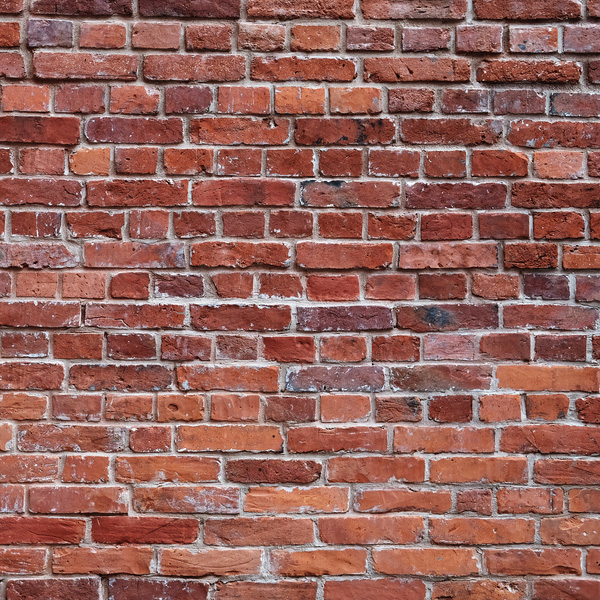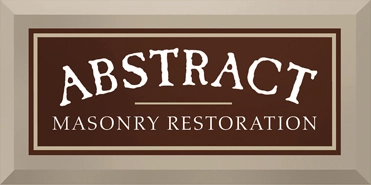In masonry buildings, repointing is the process of resurfacing the point, which is the exterior component of mortar joints that has to be replaced. Weathering and decay generate cavities in the joints between masonry components, which are often bricks, over time, enabling water to enter and cause damage to the structure. It is possible that water entering via these gaps may cause severe damage through frost weathering as well as salt dissolution and deposition.
Signs
- Damaged bricks
- Faulty or ineffective pointing
- Efflorescence
- Improper cleaning
- Damp
How often should you repoint your bricks?
How often should you repoint your bricks? While bricks can last a century, mortar only lasts 25 to 30 years, which means it will need to be replaced or repointed several times over the life of a brick structure.
What happens if the brickwork isn’t repointed?
Repointing that isn’t essential, no matter how expertly done, risks damaging the margins of bricks or stones, as well as obliterating important clues to a building’s construction and history. Repointing that isn’t up to par may be not only unsightly but also hazardous to the cloth it is supposed to preserve.
Is repointing effective in preventing dampness?
Repointing will eliminate moisture, but only if it is the cause of the issue. Penetrating damp can be caused by damaged pointing. As a result, repointing is a typical method of repairing deep moisture. However, repairing your point won’t help with damp caused by other problems like condensation or rising damp.
How much does it cost to repoint a house?
For walls up to 8 feet high, repointing brick costs $3 to $20 per square foot, and for walls beyond 8 feet, scaffolding costs $5 to $25 per square foot. The cost of repointing an 8-foot-by-10-foot brick wall ranges from $240 to $1,600. The expense of repointing bricks; he project’s average cost per square foot. Repointing a brick home costs between $3 and $20. Patio repointing costs between $3 and $15.
Questions to ask a mason
- What qualifications do you have?
- How much experience do you have?
- What is your area of expertise?
- What materials are you going to use?
- How much time will it take?
- What will it cost and when will it be paid?
- When the project is over, will you clean up?
How to repoint brick
Step 1: Get rid of the old mortar.
It’s all about ripping out the old and putting in the new—while working on little parts. It’s best not to remove all of the old mortar from a wall at once, since this might compromise its structural stability. Remove the old mortar from both the horizontal and vertical joints by working along the wall in a three-to five-foot-wide area.
You may tap it out with a cool chisel or a portable grout saw to avoid damaging the bricks. You may also use a joint raker, which is a hand tool. You may use a 4-inch angle grinder if you’re confident in your abilities, but be careful not to cut into the brick.
The mortar should be removed to a depth of about 1/2 inch. Remove any dust using a whisk broom, wire brush, or hose, and wear a mask to keep particles out of your lungs.
Step 2: Moisten the wall
Soak your brick wall with a hose and leave it to dry overnight. This will keep the bricks and old mortar moist, preventing them from sucking the water out of the fresh mortar you’ll use the next day. When you’re ready to start putting in the fresh mortar, softly spray the bricks once more.
Step 3: Prepare the new mortar.
If your house is less than 50 years old, you may probably repair the gaps between the bricks using regular Portland cement mortar.
However, if your home is older than that, you’ll need to use a different blend of lime and sand. This is the mix that was initially used in brickwork, and it’s ideal to use it as a substitute. Because Portland cement mortar cures firmly, it can cause older bricks to break. The lime mix cushions the brick and travels with the wall as it flexes, almost like disks between vertebrae in the spine. Otherwise, a mortar mix of 6 parts fine white sand, 2 parts lime, and 1 part white portland cement is a good starting point.



